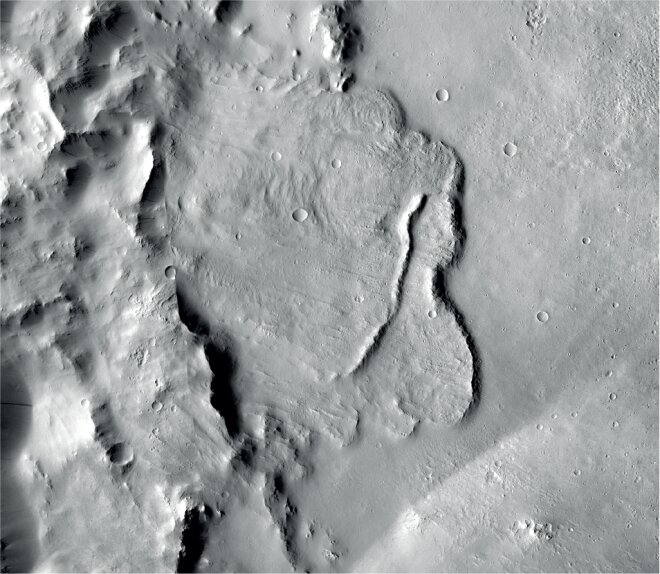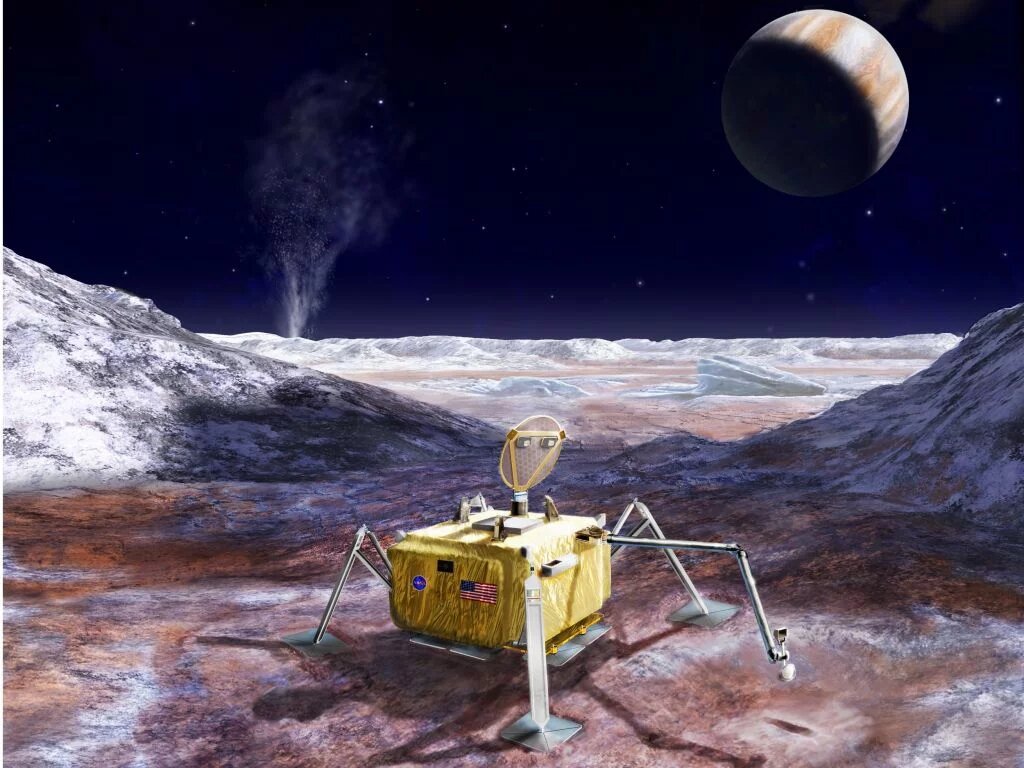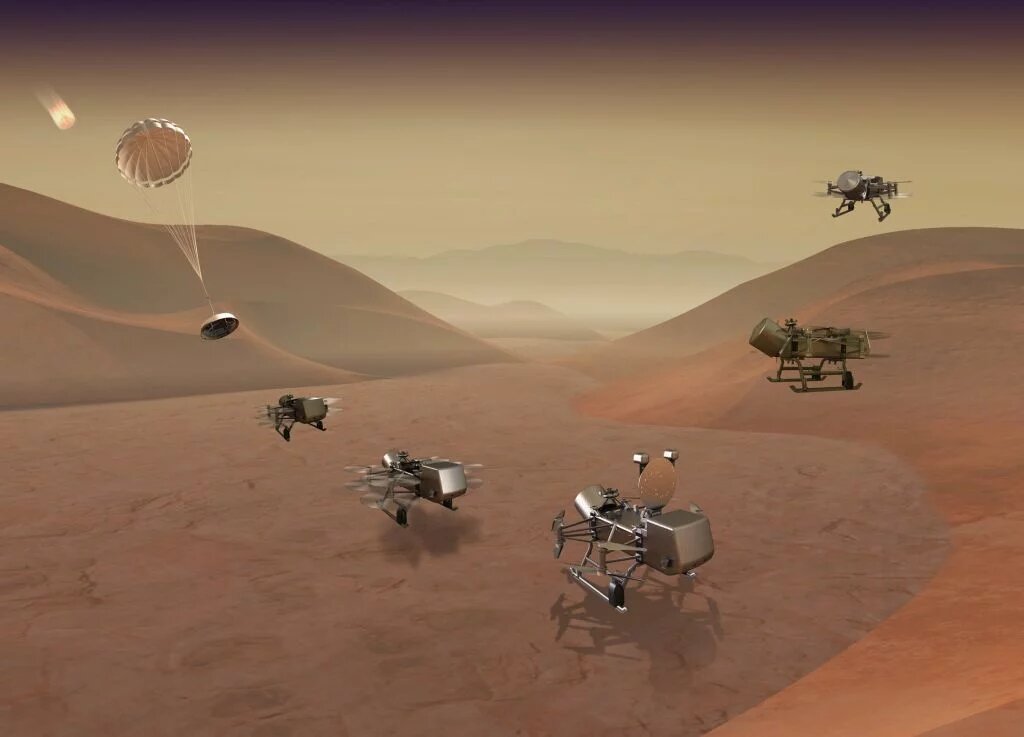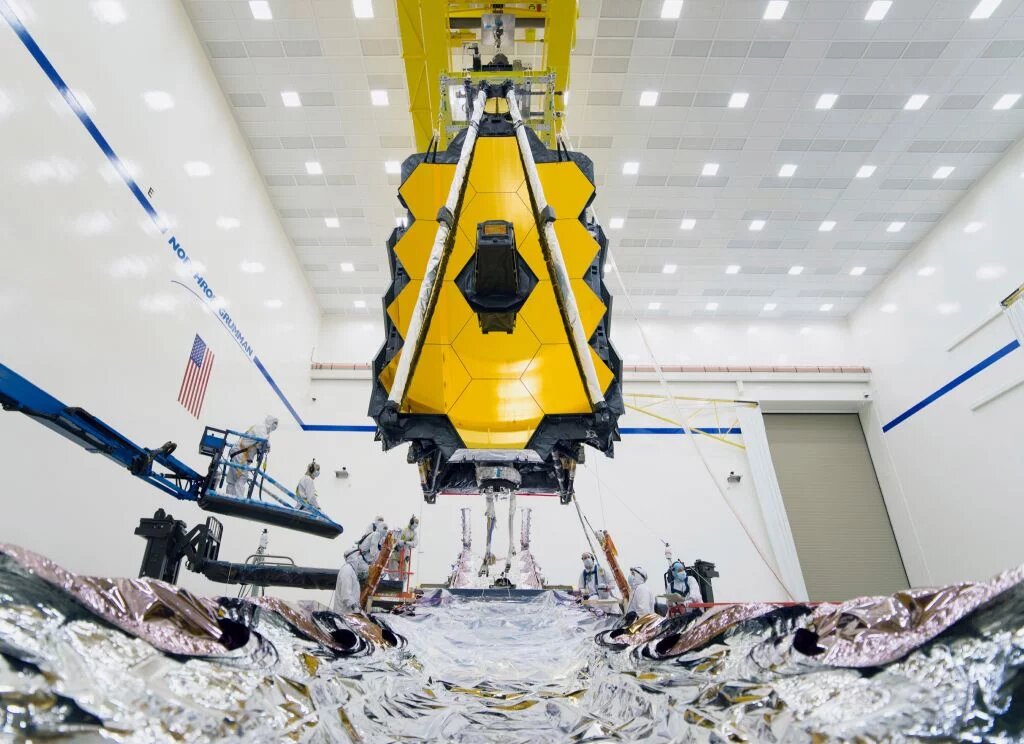Not believing in extraterrestrial life is going against the odds. Still, the year is 2020 and we still have no irrefutable clue that life has flourished elsewhere than Earth. But as far as NASA is concerned, this search is getting more intense already in this decade that is just beginning – thanks to the missions that we will address in this matter.
From the year 2020 onwards, the United States Space Agency has considerably increased space missions that are intended, among other things, to discover extraterrestrial life – whether it exists or existed in the very distant past. Targets like Mars, moons of Jupiter and Saturn, and exoplanet atmospheres are the most targeted in this endeavor.
“With all this activity, in so many different areas, we are on the verge of one of the deepest discoveries of all time,” said Thomas Zurbuchen, NASA’s director of science. And, according to former agency chief scientist Ellen Stofan, “we know where to look, we know how to look, and in most cases we already have the technology”.
Is there (or was there) life on Mars?

Mars is still one of the best candidates in the search for existing life somewhere other than our planet. It is unlikely, however, that some kind of life still survives there today, but scientists have strong evidence that life did exist on Mars in the distant past.
For a long time, the Red Planet had an atmosphere as thick as Earth’s, which would keep its surface warm enough to keep water in its liquid state. And after recent discoveries that Mars once had rivers and even an ocean, NASA’s idea is to send a rover in July this year capable of finding these biosignatures – if they exist.
The Mars 2020 mission will look for alien fossils, albeit from microbial lives, and the same thing will be done by ESA with the Rosalind Franklin rover, part of the ExoMars mission, which is also launching this July. Both will each reach their destination next year, when they will begin this fantastic quest.
What if there is life in Europa, Jupiter’s frozen moon?

Another world of the solar system that is a great candidate for housing some kind of life is Jupiter’s frozen moon Europa. Because there is a liquid ocean below the frozen crust, and life could have arisen around volcanic openings in the deep sea of this moon – after all, here on Earth these vents produce heat intense enough to trigger chemical reactions, which allows the development of ecosystems without the influence of sunlight.
NASA is preparing the Europa Clipper mission to look closely at Europa for signs of some kind of life. The orbiter will rotate 45 times around this natural satellite, and will approach the surface at an altitude of only 26 kilometers, flying through plumes of water vapor that are expelled from cracks in the crust. This way, the spacecraft will be able to analyze the content of such feathers, better understanding what is down there.
The Europa Clipper is due to be launched in 2023 and, depending on what it finds there, NASA can prepare another exploratory mission, which is able to land in Europa and drill 10 cm below the surface, extracting samples for analysis in a mini lab board.
Saturn’s moon Titan may also harbor some kind of life

NASA will also ship this decade a nuclear-powered helicopter called the Dragonfly to Titan, Saturn’s moon whose geology is very reminiscent of Earth’s – except for the fact that the lakes there are made up of liquid ethane and methane instead of water.
Titan receives only about 1% of sunlight coming to Earth, so the ship will not be able to rely on solar energy, as is the case with the Juno spacecraft, which has been exploiting Jupiter since 2016. So the space agency has opted for use of decaying plutonium to power engines.
This natural satellite, by exchanging water for methane, could have generated some kind of life totally different from what we know, because a new set of chemicals could make up a new type of DNA. And that is what NASA wants to find out.
The Dragonfly mission should be launched in 2026, reaching its destination in 2034.
Life beyond the Solar System

In addition to missions sending spacecraft and spacecraft to worlds in our backyard space, NASA will also spend this decade looking for signs of life on planets orbiting stars beyond the sun – the so-called “exoplanets”. This will happen with new telescopes that can detect possible signs of life – or at least of habitability.
With the work of the Kepler space telescope, science has already confirmed the existence of over 4,000 exoplanets. With the end of this telescope’s mission, its legacy continues with the TESS space telescope, launched in 2018 and already discovering new worlds in other star systems. TESS is expected to continue this work until at least 2022, and is expected to find dozens of Earth-like planets – those considered to be the best candidates for alien life.
And two other unreleased space telescopes will also play an important role in the search for life beyond Earth. One is Hubble’s successor, James Webb, and the other is the Wide Field InfraRed Survey Telescope ( WFIRST ). Both will also search for planets orbiting distant stars for signs of life.
While James Webb, to be launched in March 2021, will analyze the composition of the atmosphere of exoplanets for biosignatures, WFIRST, which has no set date yet (but probably in the mid-2020s), will measure the light of a billion galaxies, as well as examining the entire Milky Way.
Source: Business Insider